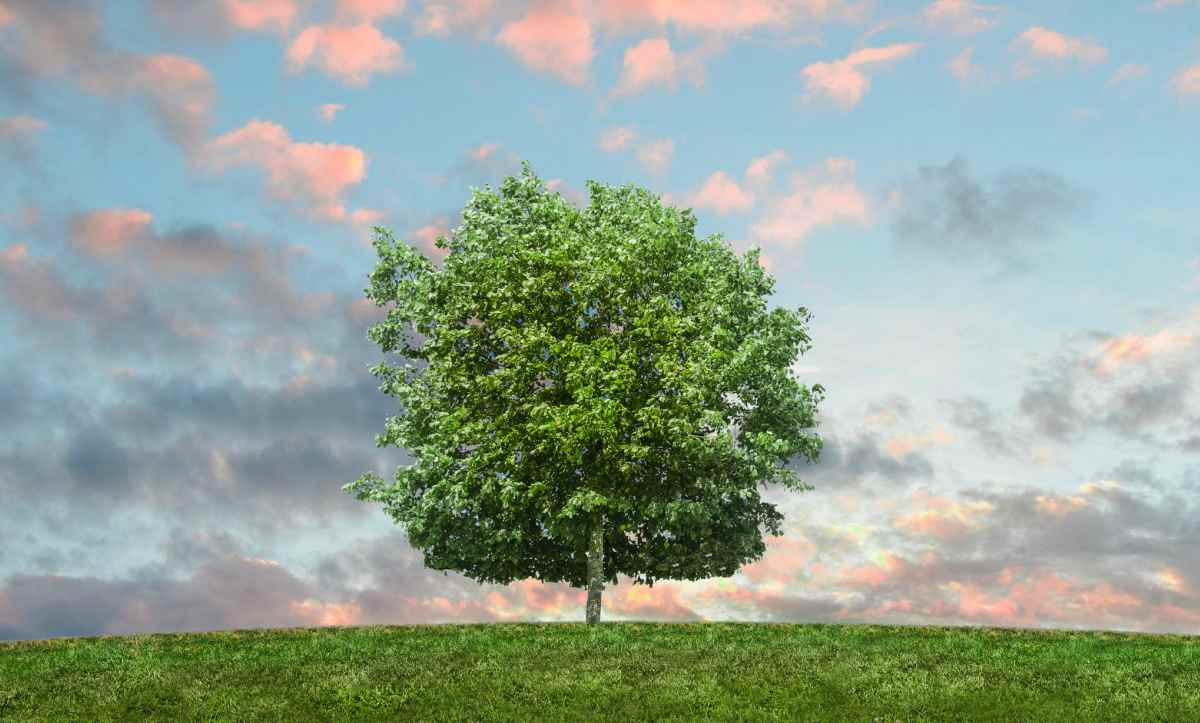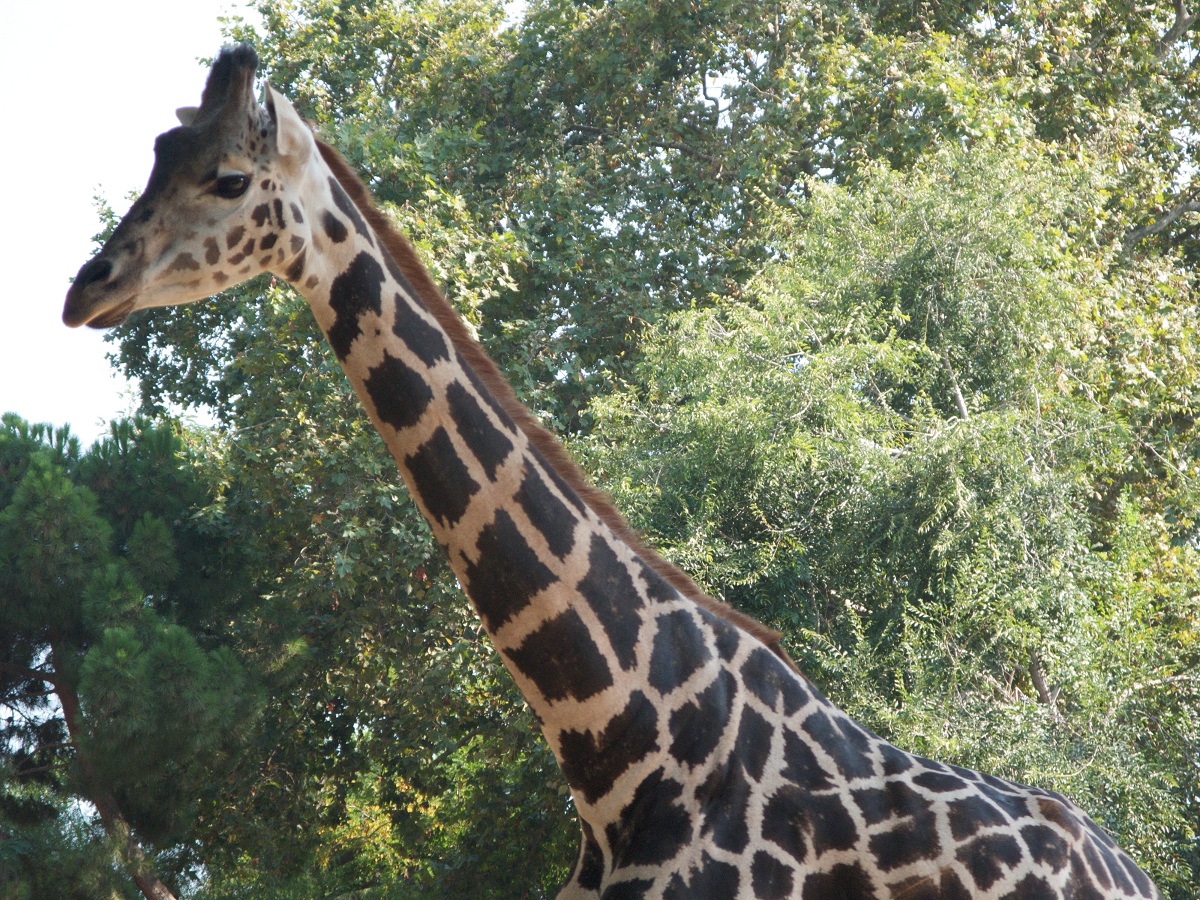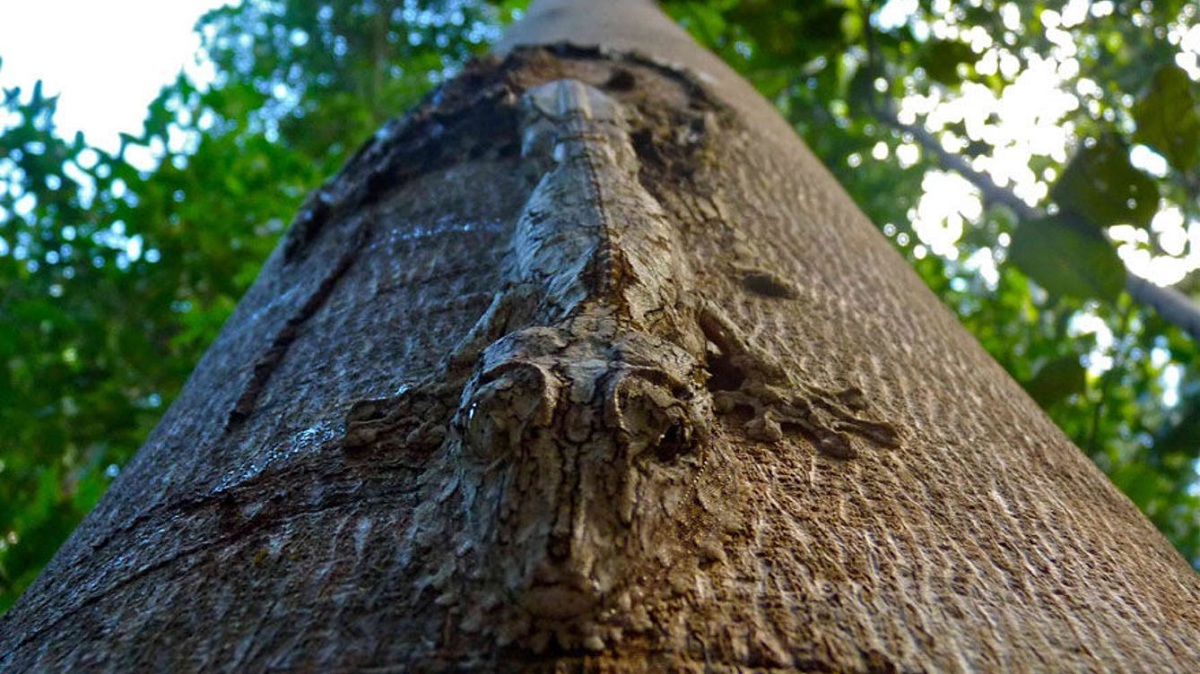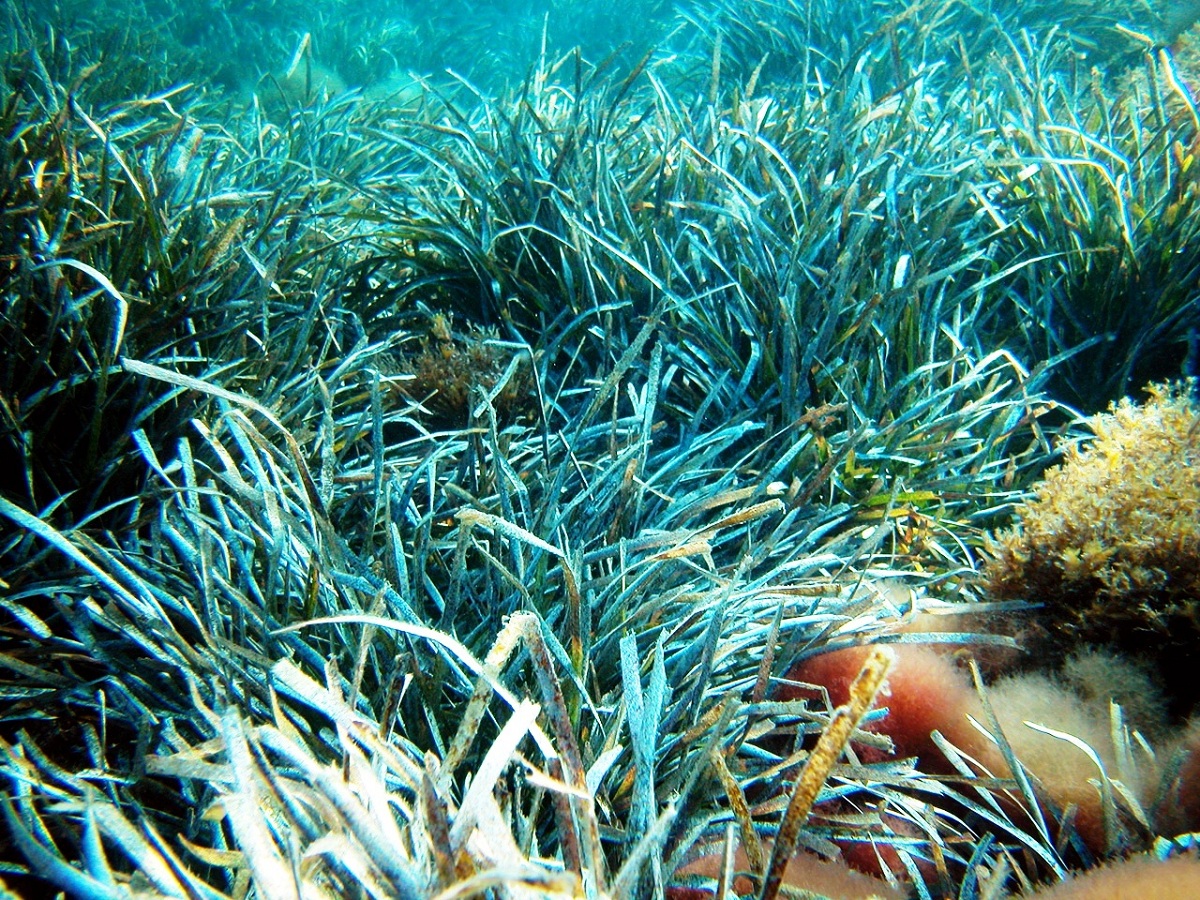
Within the branch of biology there is a branch known as ecology. Within this branch there is another that is responsible for the study of individual species in their adaptation to the natural environment. This discipline is known as autoecology. The objective of this science is to choose a particular species in order to establish all the relationships that it establishes with its particular habitat.
In this article we are going to tell you everything you need to know about autoecology, its characteristics and importance.
Key features

Autoecology is helped by all the sciences that provide information about the species. The environment where you live is also relevant to know the interactions that may exist between both parties. All the studies of this science usually choose the individual and study him under anatomical and functional features. As a result, they establish relationships with the environment that surrounds them and the importance it has.
The objective is reduce the complexity of all environmental factors that interfere in some way with the development of the individual in particular. Environmental factors such as the amount of incident sunlight, temperature, the amount of available water, the type of soil, and rainfall, among others. To establish all the correlations that exist between the traits of life forms and the function of the individual in these forms of life, it is necessary to confront the intrinsic values of the individual with those of their habitat.
In this way, it is possible to establish what are the adaptations that the individual has been able to develop in order to survive in this specific environment. You are the reason why in autoecology differs from other branch that also belongs to ecology and is called synecology. It differs mainly in the hierarchical level at which the ecosystem studies. While synecology studies the set of species that form communities and the food webs that they establish, autoecology only studies a particular species with respect to its environment.
You could say that this science is more specialized and more detailed than synecology.
Study objective of autoecology
As we have mentioned before, the main objective is to study a particular species in order to know how it establishes certain adaptations to survive its environment. If we extrapolate all this to practice, we see that the different autoecological studies only take into account particular populations or even one or a few individuals of a species. The final objective is to establish the correspondence that exists between the characteristics of a specific species with the environment where it develops.
Anatomy and physiology
In order to know the interactions between an individual and the environment, it is necessary to know its anatomy and physiology. It is here where part of a knowledge to collect all the information about the anatomy and internal functioning of an individual belonging to a species. With this information obtained, the body's responses to different environmental conditions can be related.
Environment
The environment is the place where the species develops. It is also known by the name of inhabits. It takes into account the environment where a given species develops and is responsible for collecting as much information as possible. Once we have all the information, it is broken down between the different factors that influence the species to a greater or lesser extent. For example, there are species that are more influenced by the variation of temperatures, amount of light, rainfall, etc. The existence of fresh or salt water bodies, the type of soil where it develops, etc. They can be conditioning variables for the development of a species.
Autoecology and adaptations

Autoecology is also responsible for analyzing what are the evolutionary adaptations of a species to survive permanently. It tries to establish the form in functions of the species under a study of the physiology and the environment where it inhabits. To do this, establishing the relationships that exist with the limitations of the environment and the shape of the species is essential. Most of the morphological traits or internal functions that a species has have been moderate due to the environment where they live. This evolution and adaptation to changing environmental conditions is known as natural selection.
Natural selection is in charge of promoting that only individuals with character can reproduce. It is useful to be able to cope with environmental conditions. We are talking about conditions that are constantly changing and which must be adapted. Currently, there are accelerated changes as they should naturally. We are referring to climate change. Climate change will bring consequences such as increased temperatures, the existence of a greater probability of droughts and floods, changes in the phenology of the species, etc. Faced with these changes, the internal environment of organisms must adapt.
An example of adaptation can be a body that has a thicker layer of fat than normal to be able to resist in environments with lower temperatures. As a result of all these studies, the set of adaptations of a species is known and the relationship it has with the environmental factors of its habitat. Likewise, the amplitude of the variation of these conditions is established, which are what define the habitat of the species.
Life cycle and seasonal variation of the environment

A very particular aspect of autoecology is to define the correlation that exists between the life cycle of an organism together with the variations in the environment. This is due to the fact that, throughout the year, there are more or less significant variations that can mark a defined seasonality. This seasonality will vary in the different parts of the life cycle of the species. For example, large numbers of insects that are not more than one year old are strongly influenced by seasonality.
Another example can be seen well in temperate zones. In these areas we have 4 seasons of the year, while in tropical areas there are only two seasons. The life cycle of species in these areas it can develop different habits such as its feeding, mating and others.
I hope that with this information you can learn more about autoecology and its studies.